Airbus’ sleek, fighter-like stealthy Wingman uncrewed concept aircraft, which broke cover earlier this week, was formally unveiled at the ILA Berlin aerospace show today. More details have now also come to light about the program, which Airbus leadership says should provide a unit cost that’s equivalent to one-third that of a modern crewed fighter.
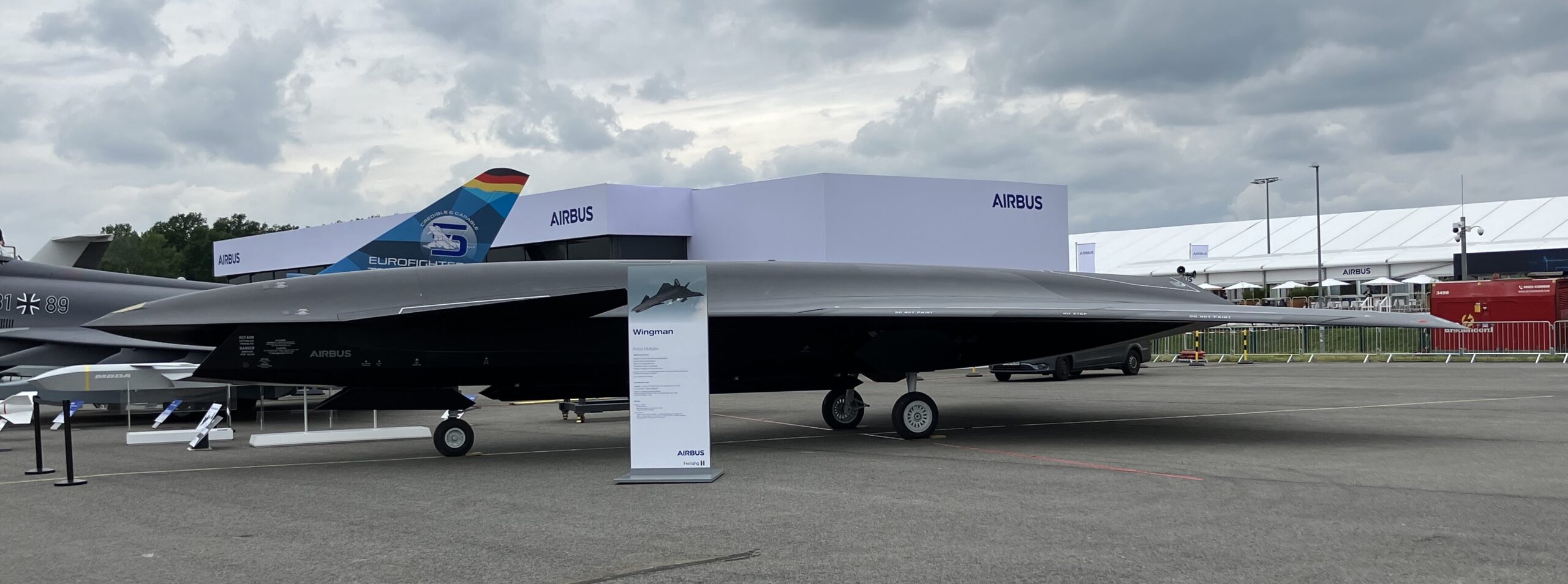
You can read our previous analysis of the Wingman here. The concept aircraft, which measures 39-feet wide and 51-feet long, has now officially been presented to the public, and to German Chancellor Olaf Scholz, who had a close look at the full-scale model at ILA this morning. Meanwhile, Michael Schoellhorn, Airbus CEO, provided his vision of the program.
Previously, Schoellhorn had said that the Luftwaffe — the German Air Force — had “expressed a clear need” for a drone that would be able to operate in conjunction with crewed fighters before the arrival in service of the pan-European Future Combat Air System (FCAS). The FCAS program is aiming for service entry in the 2040s, with a crewed New Generation Fighters (NGF) as its centerpiece.
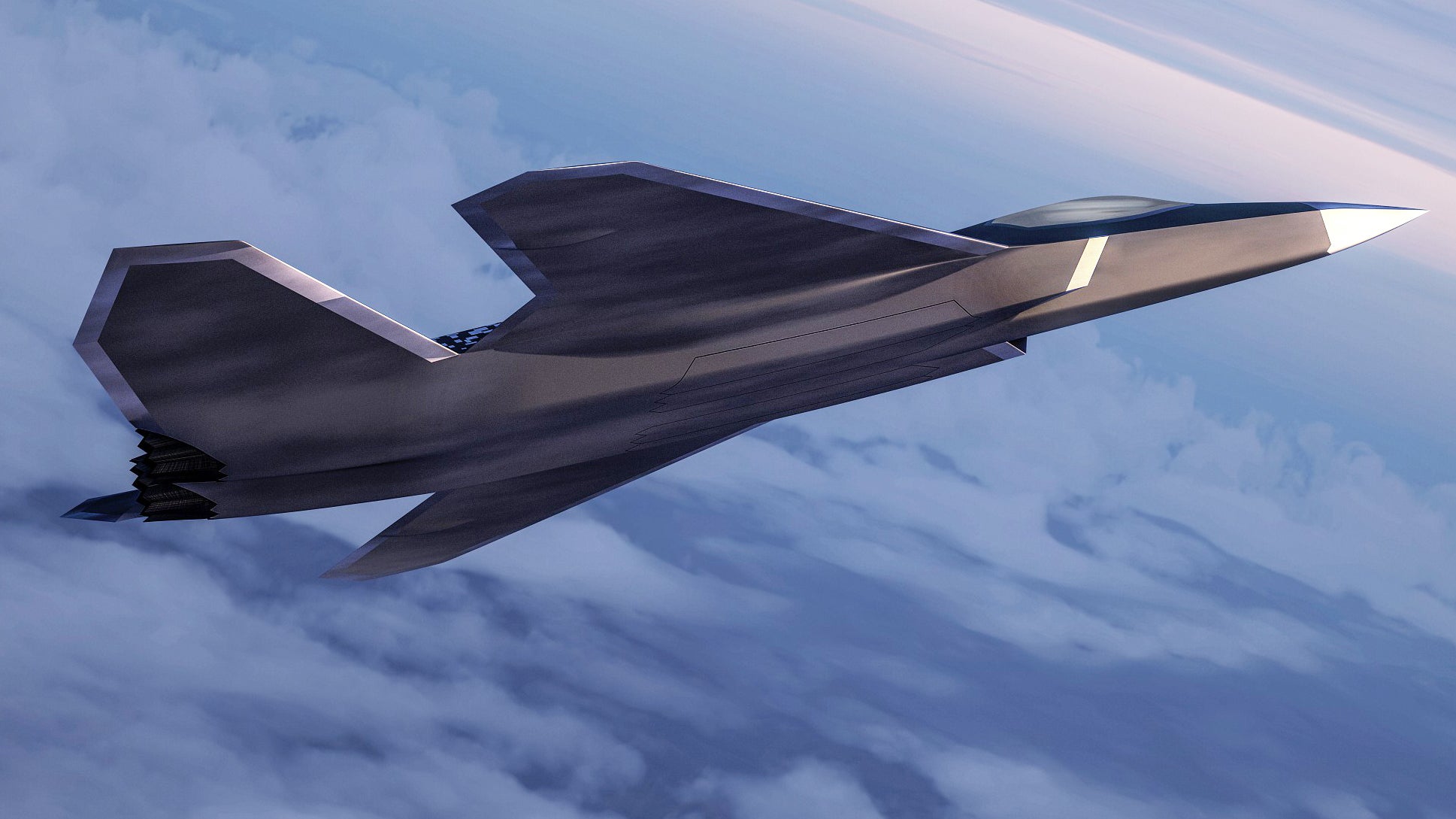
This reinforces the idea that the Wingman is also intended to meet the Luftwaffe’s requirement for an uncrewed companion that can work alongside its forthcoming Eurofighter EK electronic warfare jets. Schoellhorn noted that the Wingman would be expected to enter service in the 2030s timeframe.
As well as operating with the more specialized Eurofighter EK, the Wingman would likely also be expected to work with the Luftwaffe’s other Eurofighters, which undertake a range of air defense and air-to-ground missions, as well as the F-35A stealth jets it also has on order.
Despite the demanding nature of its role, the Eurofighter EK, like the rest of the Luftwaffe’s combat-coded Eurofighters, will be operated by a single pilot. Introducing a companion drone, in the form of the Wingman, therefore increases the burden on the Eurofighter pilot. At the same time, a human pilot in the relevant ‘command aircraft’ will maintain control over the Wingman at all times.
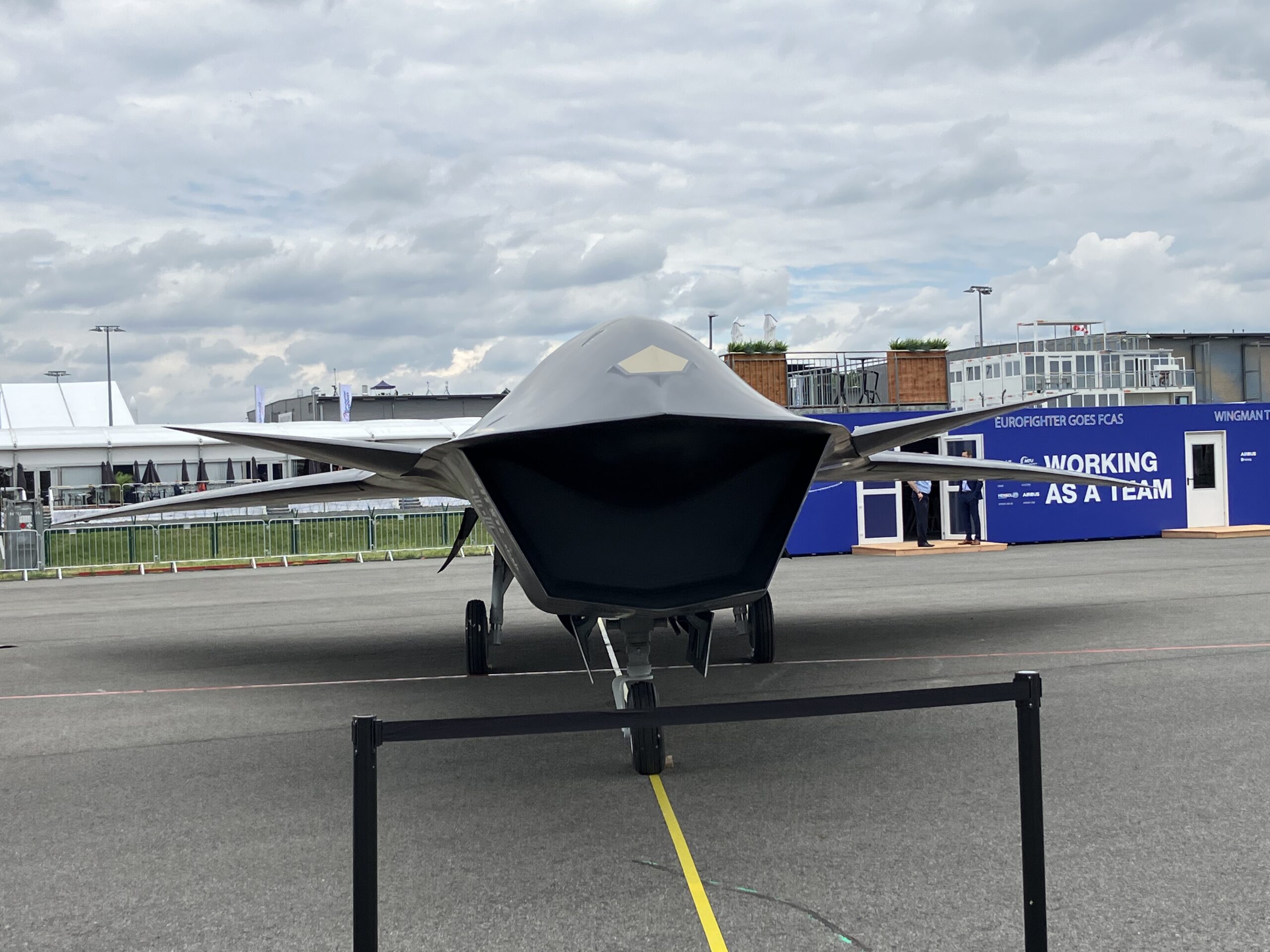
To address this, Schoellhorn said that the company is looking to harness artificial intelligence (AI), to make the job of controlling the drone — and managing the data that it will provide — somewhat easier.
To help develop these manned-unmanned teaming technologies for the Wingman, Airbus today confirmed it had signed a framework cooperation agreement with Helsing, a defense AI and software company.
“While we will always have a human in the loop, we must realize that the most dangerous parts of an unmanned mission will see a high degree of autonomy and thus require AI”, said Gundbert Scherf, Co-CEO at Helsing.
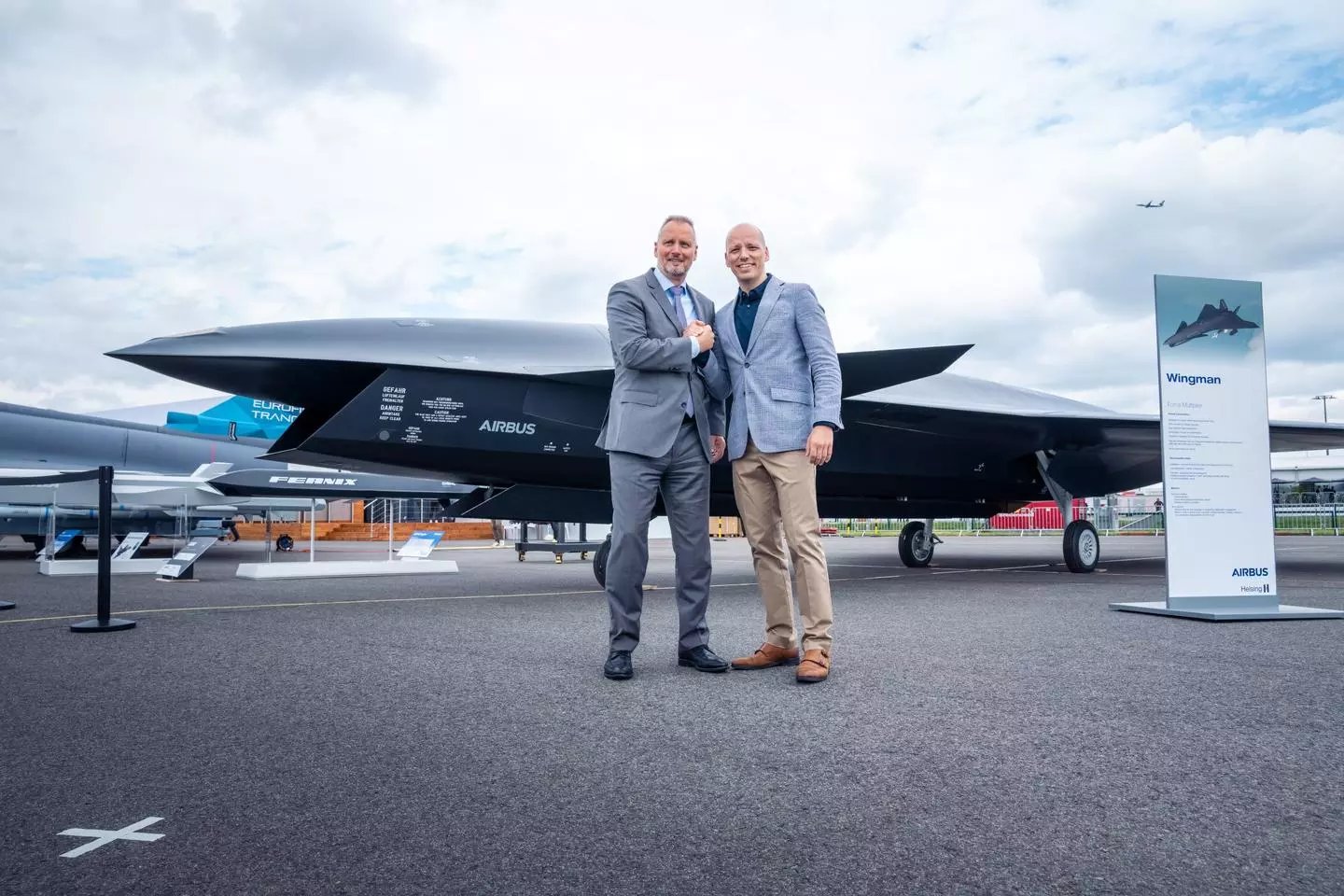
“From the processing of data from sensors over the optimization of sub-systems to closing the loop on system-level: software-defined capabilities and AI will be a critical component of the Wingman system for the German Air Force,” Scherf added.
Schoellhorn confirmed that, under current plans, the Wingman will be powered by the same Eurojet EJ200 turbofan as the Eurofighter, providing a proven powerplant and useful commonality. Currently, the concept aircraft appears to have a diamond-shaped exhaust aperture and it’s not obvious how this would be integrated with the EJ200’s conventional nozzle.
A closer look at the concept aircraft also confirmed that it has a pair of internal weapons bays as part of its low-observable design. At this stage, it’s unclear what types of stores will be carried, and how many, but clearly lethal as well as non-lethal effects (such as electronic warfare) will be part of its repertoire. The Wingman will also be outfitted with sensors for flying intelligence, surveillance, and reconnaissance (ISR) missions, as well as for targeting.

While the concept aircraft on display has a tailless configuration, it’s notable that some scale models and concept artwork of the Wingman also show it with a pair of outward canted tailfins. When questioned on this point, Schoellhorn reiterated that the design is still a work in progress, but noted that it will be modular, suggesting that even in its final form there may be options to alter the configuration, perhaps including flight control surfaces.
The Wingman “will be modular to a degree because we are at an early phase of the project and whether or not we will have a specialization later on or not remains to be seen,” Schoellhorn explained.
Other options at this stage include pylons for the carriage of external weapons, with computer-generated artwork showing the drone armed with Paveway-series precision-guided bombs and Brimstone air-to-ground missiles. This would bring useful additional payload capacity for the kinds of missions in which stealth characteristics are not considered vital for survival.
Another view of a Wingman model, showing the configuration with canted twin tailfins (as well as external stores):
The Wingman will come with a price tag “that makes it exquisite but competitive,” Schoellhorn said, noting that it should cost “one-third” as much as a crewed fighter. This means that the drone is far from attritable — meaning that commanders would be willing to accept its loss in several different scenarios — but should make it affordable enough to usefully boost combat mass. This general cost figure is exactly the same as what the USAF appears to be targeting for its similar Collaborative Combat Aircraft (CCA) initiative.
In terms of previous Airbus military aerospace designs, “Everything that we have done over the last 20 years … has found its influx into” the Wingman, according to Schoellhorn.
Again, this points to the Wingman leveraging prior work from the Airbus Low Observable UAV Testbed (LOUT) program. A stealthy demonstrator, LOUT was not flown but was run by the company in strict secrecy until finally it was publicly disclosed in 2019, as you can read about here.
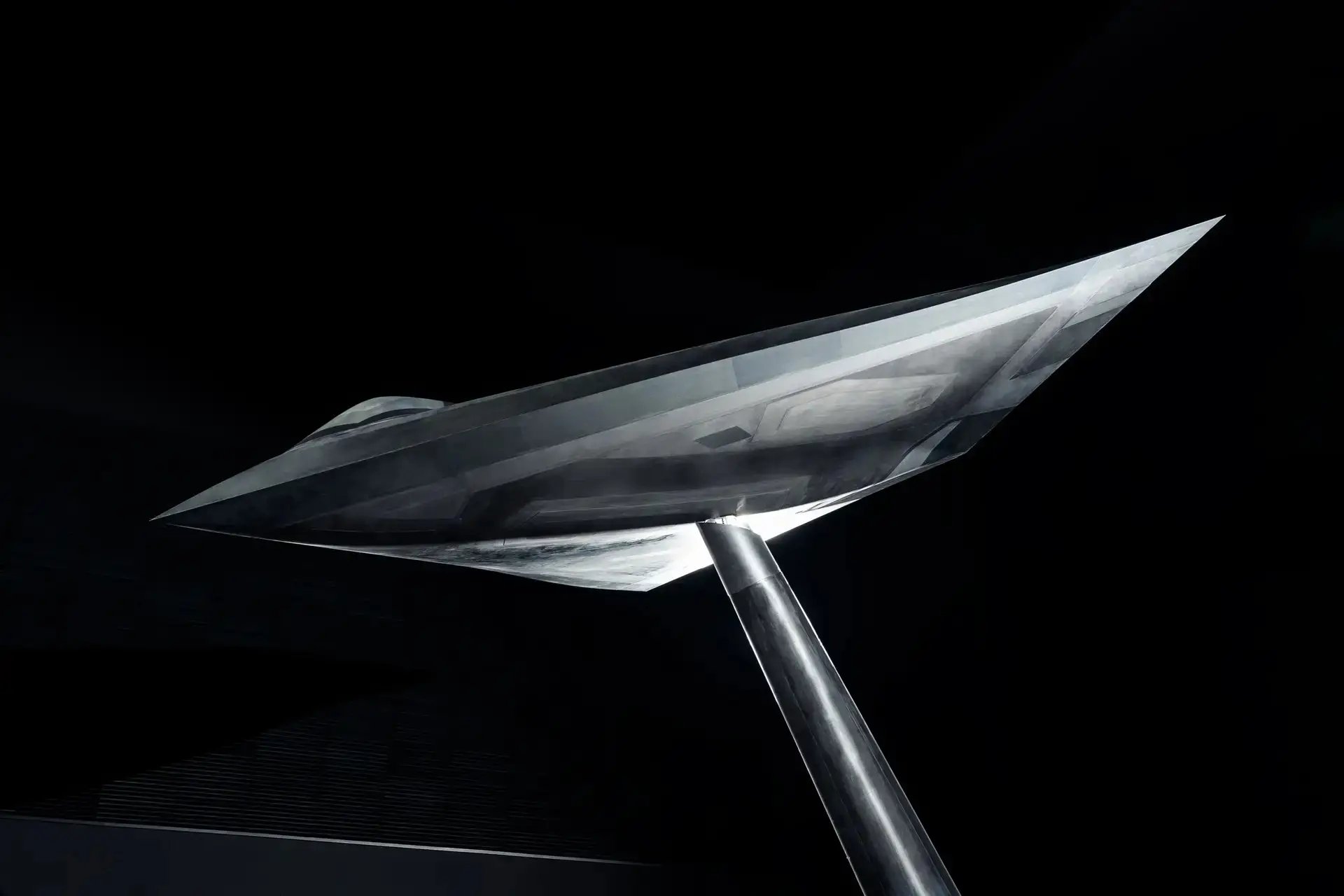
At this point, the project is being funded by Airbus, which has made a “double-digit” investment so far.
Schoellhorn, however, is hopeful that the Luftwaffe will make good on its interest in a drone in this class and sign a contract in the future.
“The current conflicts on Europe’s borders show how important air superiority is,” Schoellhorn reflected. For many years, German defense spending saw the military — including the Luftwaffe — contract in size and lose previous capabilities. A renewed emphasis on defense in Germany could well leave the Airbus Wingman well-positioned to capitalize on this changing security environment.
In the meantime, Airbus says it will continue to work to mature the Wingman and we will almost certainly see more changes in the design before we get to a point where orders might be placed.
Contact the author: thomas@thewarzone.com
